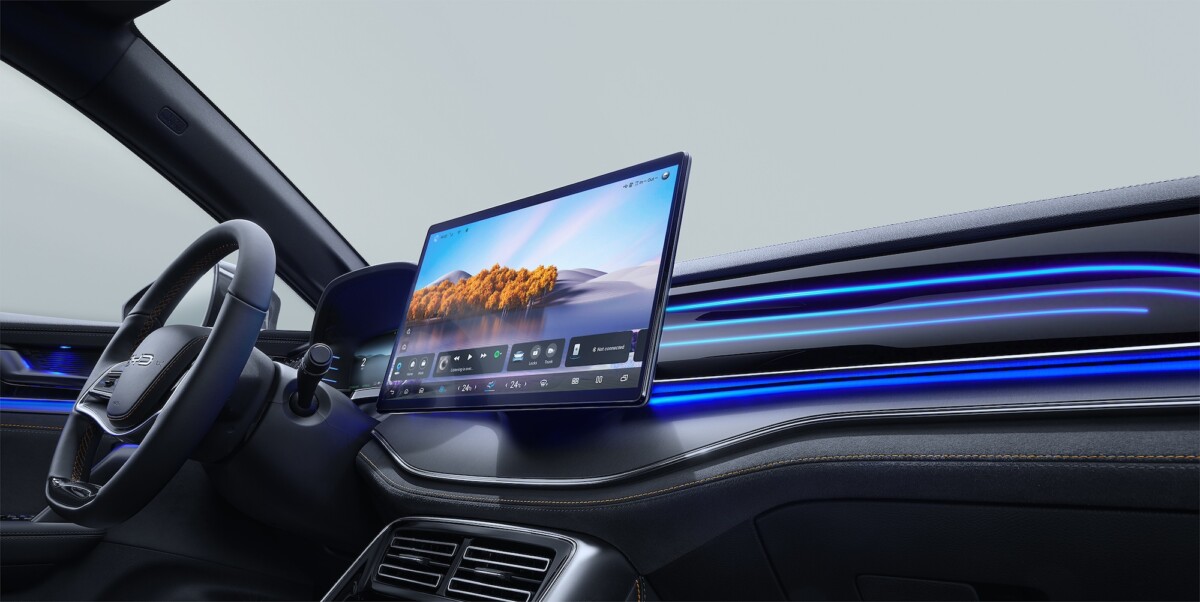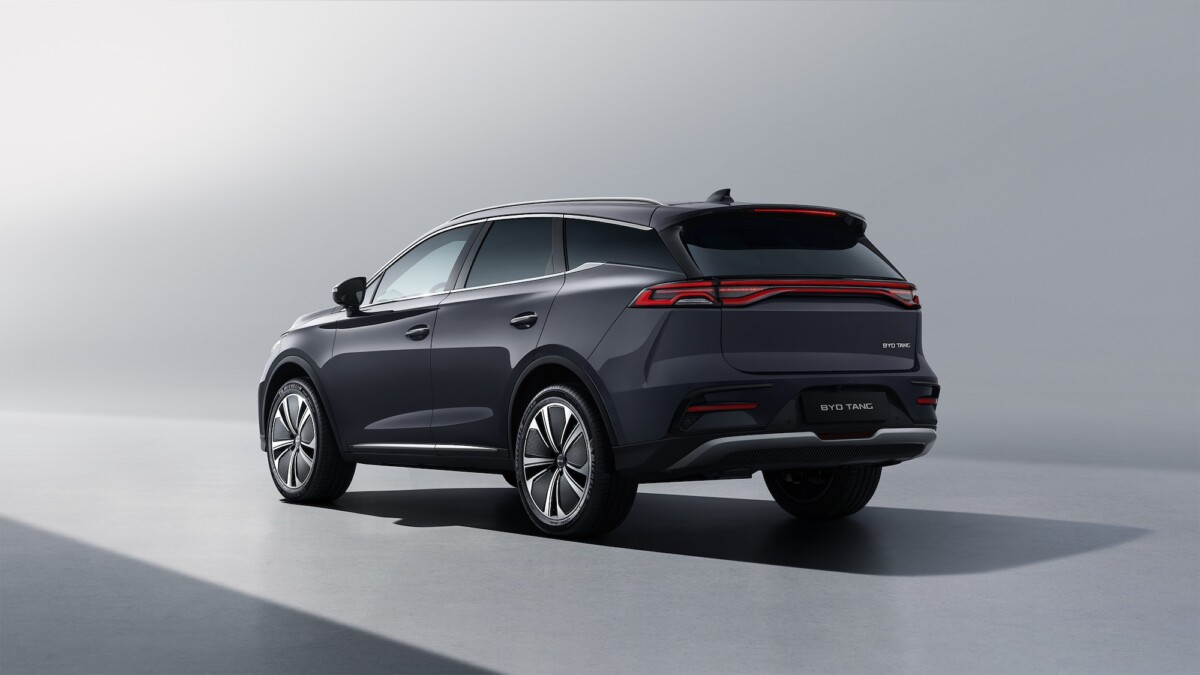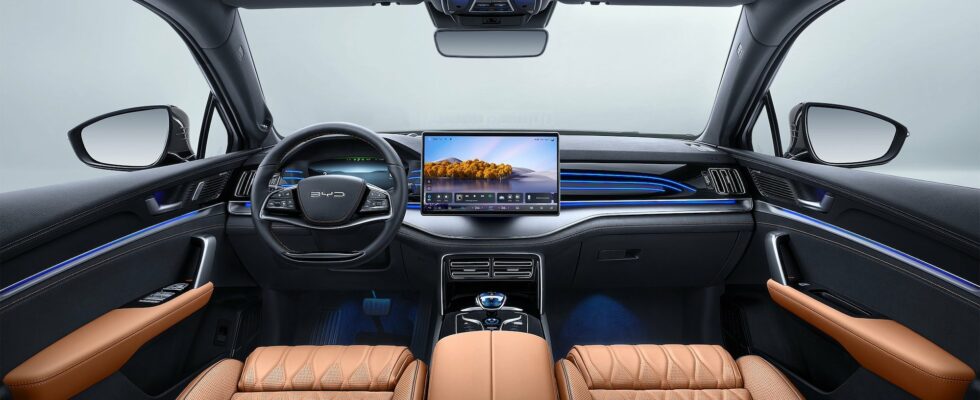If BYD is still a brand that is not widely distributed in France, the Chinese manufacturer, which is fighting with Tesla for the title of world number one manufacturer of electric cars, has a complete range. At the top of this is the BYD Tang, a large electric SUV, which has just been improved in every way… although it will be far from enough. Here’s why.
If we often talk to you about BYD on Supercharged, it’s because the brand’s news is buzzing. Whether in its battle with Tesla to become the world number one in electric vehicles or via its parallel brands which present completely crazy models, we are never short of subjects.
The Chinese brand also took advantage of the Geneva Motor Show to present an updated version of his Tanga large electric SUV that plays in the backyard of the Tesla Model X. On the program: revised aesthetics and technical improvements, but the competition continues to do much better.
Revised lines
Outside, BYD has taken care of the look of its Tang, notably by making it adopt the main features of the latest models. The front grille is based on that of the Han sedan and makes the large SUV much more elegant. The dimensions remain the same, with 4.97m long for 1.95 m wide.

Inside, the changes are more modest. Only the central screen grows, going from 12.8 to 15.6 inches (while remaining rotatable, a true BYD trademark). We therefore find this fairly massive dashboard, featuring ambient lighting adjustable to 31 colors.
The ambiance is intended to be luxurious, with Nappa leather, suede on the dashboard and a 12-speaker Dynaudio sound system.

Another thing that doesn’t change: its modularity. The BYD Tang “2024” retains its seven seats and its large trunk : count 940 liters in the 5-seater configuration (volume which drops to 235 liters with the 7 seats). In this area, the Model frunk in the front.
Faster, further
But where the Tang evolves profoundly is in terms of technical characteristics. The engines remain the same, with one on each axle (making this SUV a all-wheel drive) and a cumulative power of 380 kW / 517 hp.
We can then wince when we see that 0 to 100 km/h goes from 4.6 s to 4.9 secbut everything is explained when you continue reading the technical sheet.

In fact, the battery grows and goes from 86.4 kWh to 108.8 kWh – quite a change. Note that it retains the in-house “Blade” technology, LFP type (lithium – iron – phosphate). The autonomy is affected, going from 400 km to 530km according to the WLTP standard.
The charging power is also changing, with 170 kW max (compared to 120 kW previously). This allows us to maintain the figure of 30 minutes to go from 30 to 80%.

Much-needed improvements for a family car dedicated to long trips, but who remain behind. Coming back to the Model
As for the Kia EV9, its 563 km WLTP and its ultra-fast charging (10-80% in 24 minutes) thanks to its 800 volt architecture will also be a serious competitor.
The weight of the BYD Tang must be to blame. The current one already weighs 2.49 tonnesand the additional 22 kWh of the new battery will only make its case worse.
If the prices are not yet known, they should not differ much from those of the current Tang, which starts at 70,800 euros – or 30,000 euros less than the Tesla, and as much as the Kia.
We will have to wait for its marketing in the second quarter of 2024 to know the final details, but there is little chance that the competition will give it the slightest chance.
